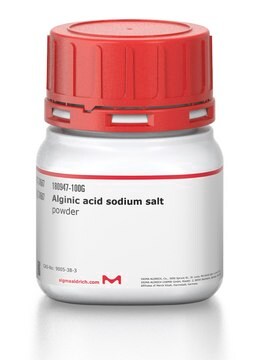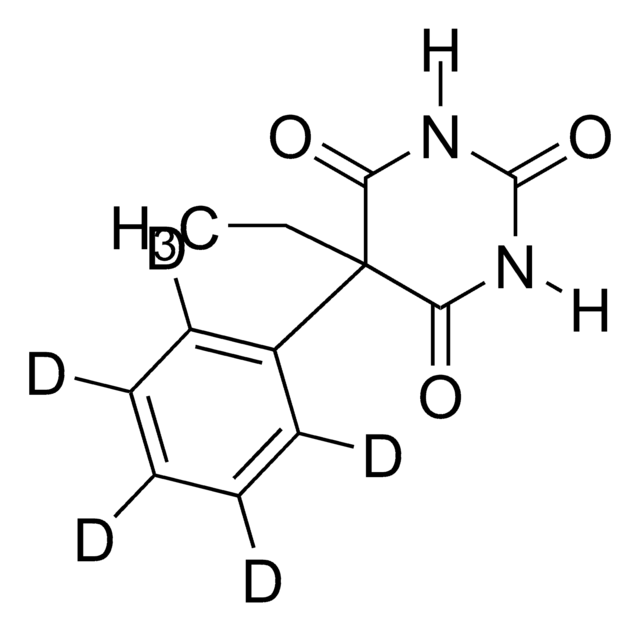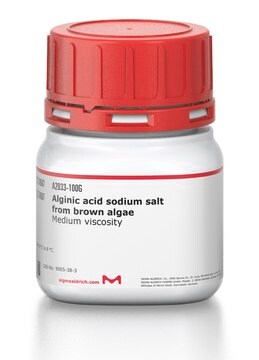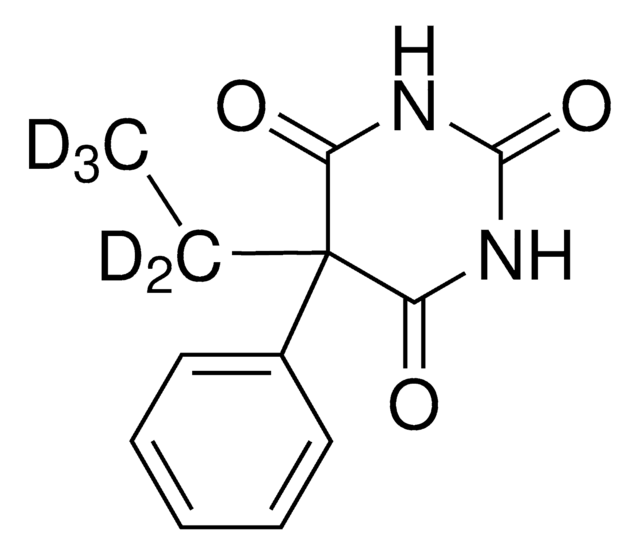E-043
Ethanol-20 (5 ampules/kit)
20 mg/dL in H2O, ampule of 5 × 5 mL, certified reference material, Cerilliant®
Sinônimo(s):
Ethanol solution, Ethyl alcohol
About This Item
Produtos recomendados
grau
certified reference material
Formulário
liquid
Características
Snap-N-Spike®/Snap-N-Shoot®
embalagem
ampule of 5 × 5 mL
fabricante/nome comercial
Cerilliant®
concentração
20 mg/dL in H2O
técnica(s)
gas chromatography (GC): suitable
liquid chromatography (LC): suitable
aplicação(ões)
forensics and toxicology
Formato
single component solution
temperatura de armazenamento
2-8°C
cadeia de caracteres SMILES
CCO
InChI
1S/C2H6O/c1-2-3/h3H,2H2,1H3
chave InChI
LFQSCWFLJHTTHZ-UHFFFAOYSA-N
Procurando produtos similares? Visita Guia de comparação de produtos
Descrição geral
Informações legais
produto relacionado
Código de classe de armazenamento
10 - Combustible liquids
Classe de risco de água (WGK)
nwg
Ponto de fulgor (°F)
Not applicable
Ponto de fulgor (°C)
Not applicable
Escolha uma das versões mais recentes:
Certificados de análise (COA)
It looks like we've run into a problem, but you can still download Certificates of Analysis from our Documentos section.
Se precisar de ajuda, entre em contato Atendimento ao cliente
Já possui este produto?
Encontre a documentação dos produtos que você adquiriu recentemente na biblioteca de documentos.
Os clientes também visualizaram
Global Trade Item Number
| SKU | GTIN |
|---|---|
| E-043-5X5ML | 4061833592540 |
Nossa equipe de cientistas tem experiência em todas as áreas de pesquisa, incluindo Life Sciences, ciência de materiais, síntese química, cromatografia, química analítica e muitas outras.
Entre em contato com a assistência técnica






